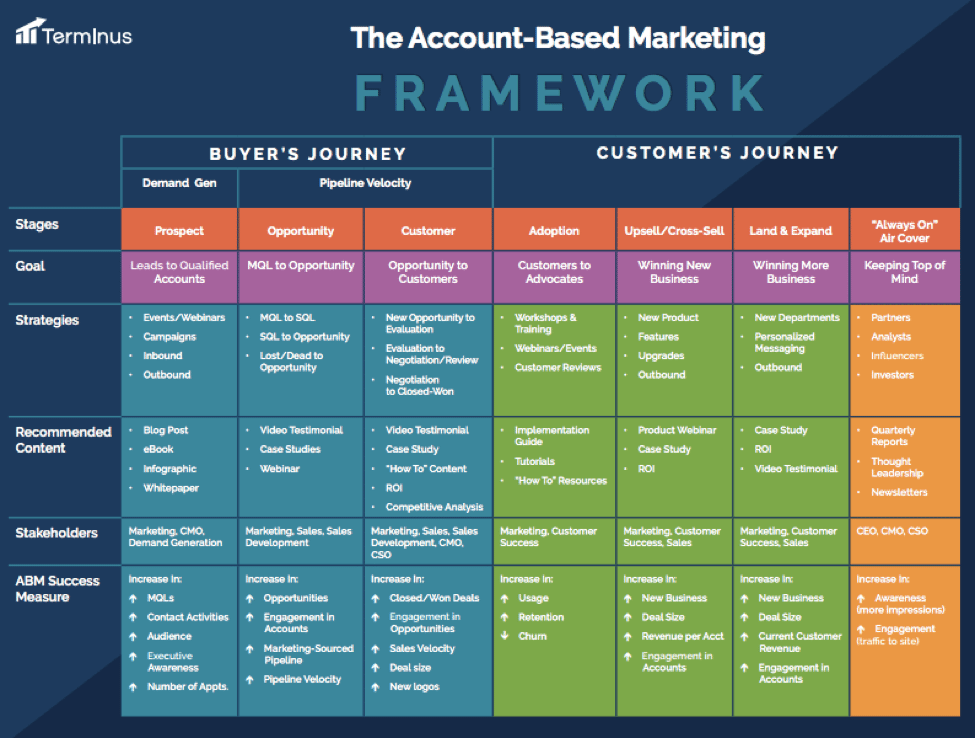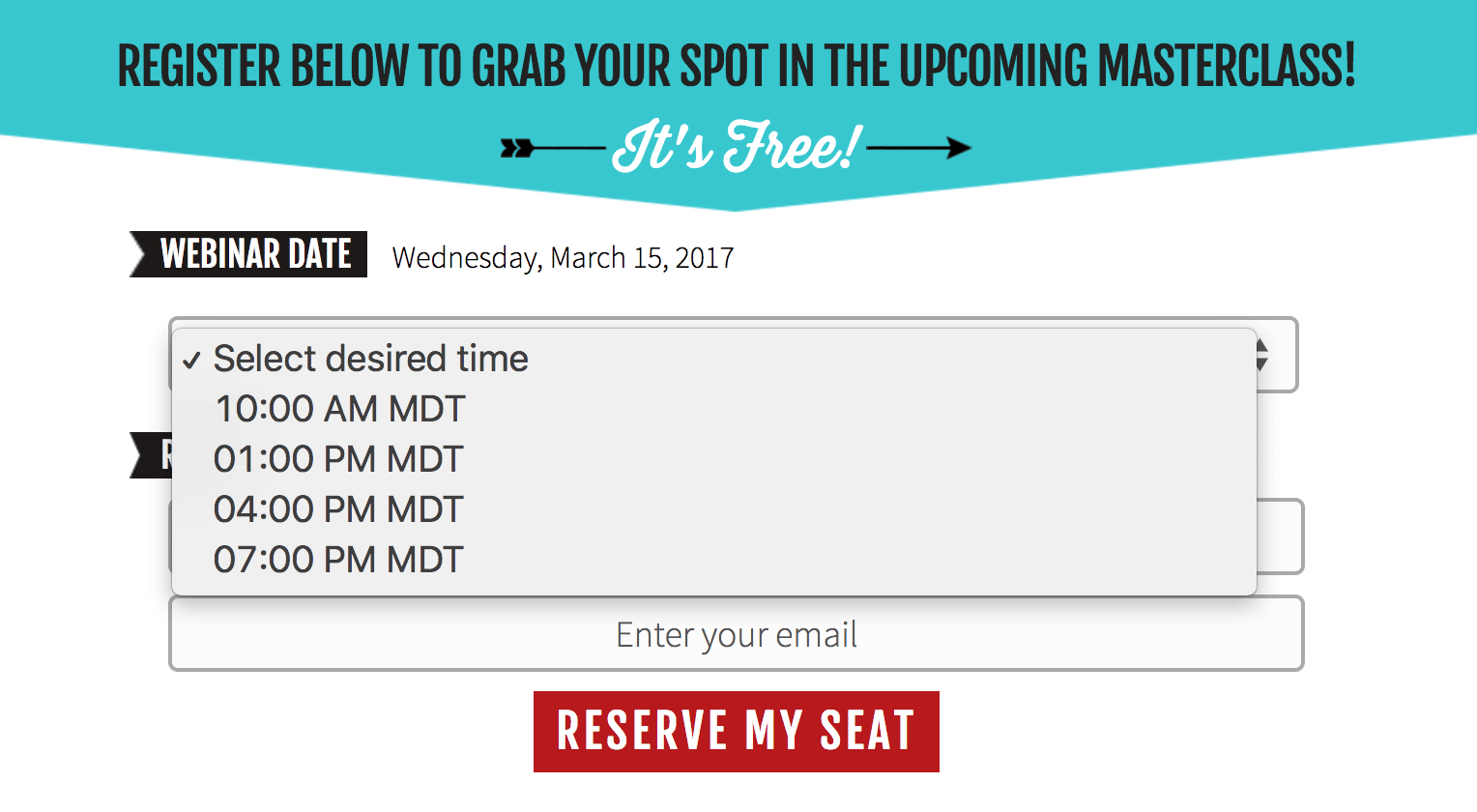Running effective marketing campaigns to drive results that will foster business objectives are always key priorities for every marketer.
More specifically, the role that marketing plays within organizations is changing such that they are becoming more responsible for contributing to revenue goals too.
As accountability for marketers continues to rise, here are 4 marketing campaigns you should consider running…
1) Co-Marketing
One of the best ways to expand your market reach, while positioning your expertise is to partner with a like-minded company.
To get started, do the following:
- Define what your overall goal is. Are you looking to drive more leads, sales, awareness and/or beta users for a specific product launch? Whatever it is, be sure to outline what your success metrics will look like.
- Identify the top 10 companies that can help you reach your goals, and that you’d want to pitch a co-marketing campaign to.
- Don’t make it all about you. Your pitch has to establish the value you will bring to your partners too, so get clear on that.
- Determine what type of content campaign you will run, e.g. webinar, eBook, cross-promotional email, etc.
2) Target by Persona
Don’t overlook the power of account-based marketing (ABM). ABM is defined as:
A strategic approach to focusing on a defined set of targeted accounts, where personalized campaigns are tailored to each account.
In order to successfully implement ABM, you must have these key items in place:
- Alignment with sales and marketing. Both have to know ‘who’ to go after and ‘why’.
- Fleshing out the buyer personas. Identify the company size, roles, the challenges each role is facing, and how you solve these challenges.
- Lay out the buyer journey. Knowing how you will funnel potential buyers down the funnel is key to tracking what’s working and what’s not.
- Focus on the problems, not your solutions. Don’t push to sell your solutions, but focus on the problems your target personas are facing and position content to speak to those pain points.

3) Webinar Series
Running a webinar series only works if the topic chosen is one that drives strong interest. This is why understanding your target/existing customers is so important.
For prospects, you can look at finding a ‘hook’ that will get them register for your webinar series and then finding creative ways to keep them engaged throughout.
As for customers, if you’re doing your part with getting the proper feedback, then you shouldn’t have an issue with running a webinar series that will sustain retention.
Here are some key tips to keep in mind:
- It’s all about the content. No one is going to attend your webinars if the content sucks, and doesn’t offer any value. Do your research to select the best topics to present on.
- Structure. Make sure your webinars aren’t just about you, but about specific pain points that currently exist for both your prospects and customers. From keep text on slides to a minimal, have a clear CTA, utilize testimonials and case studies where it makes sense, and be interactive.
- Timing is everything. Run your webinars on a Tuesday, Wednesday or Thursday. And if you want to add more flexibility, enable people to select times that are most convenient to them. Here’s an example by Amy Porterfield:

- Consistent follow-up. Once the webinar series ends, follow up with email marketing to drive sales and upsells.
Lastly, know that it’s okay if you don’t run 60-minute webinars each time. What matters most is the value you’re providing.
4) 7-Day Challenge
Running a challenge to incur participation among your target audience is another great way to drive engagement, leads, and sales.
I particularly like challenges that are capped to 7 days because it feels less daunting. This amount of time is also a great way to see how many people continue to stick through it with you and how many drop off.
For those who stick around, you can keep nurturing them until they become a paying customer. For those who drop off, you can then learn more about what didn’t work with your challenge and improve it for the next round.
Just as you would do with any of the other campaigns I’ve already highlighted:
- Make sure you identify success metrics. (E.g. sales, leads, growing your email list, getting more social media fans, etc.).
- Have quick wins along the way. Be encouraging and positive, so people don’t give up after day one.
- Be clear on what the purpose of your challenge is.
- Don’t be afraid to spend advertising dollars on promoting your challenge (e.g. Facebook ads).
Final Thoughts
Know that planning these campaigns are just as important as the execution. It’s okay if you don’t have everything pinned down to perfection. Just make sure you are pushing for progress.
As many marketers would agree, it’s all about testing to see what’s going to move the needle. This is the best way to justify the growth of your budgetary needs and also serve company goals.





